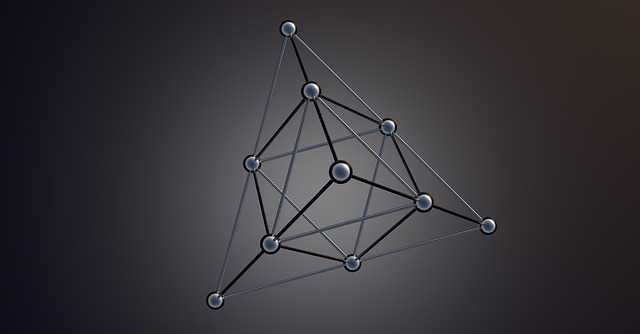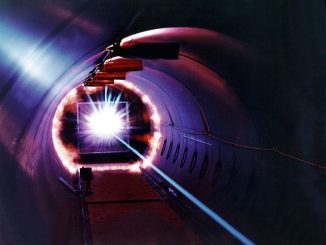
Magnets are considered to be one of the most fascinating materials around. Just watch a child play with it and you’ll easily see how captivating the thing can be as it can hold a kid’s attention for hours on end. Of course, we know that magnets are used for much more than just playing purposes — they perform a huge role in a number of technologies that we find indispensable today, especially in the realm of electronics.
This is why researchers have been continually trying to find new, better and more compact magnetic materials. And now, a breakthrough discovery by a team made of researchers from the University of Washington (UW) and Massachusetts Institute of Technology (MIT) are about to revolutionize the electronic industry.
As reported in the journal Nature, scientists led by UW Professor Xiadong Xu and MIT Professor Pablo Jarillo-Herrero have discovered that magnetic properties can manifest even in the 2D world. Specifically, they were able to demonstrate that chromium triiodide (CrI3 for short) displays magnetism even while in its monolayer, single-sheet, or atom-thick form (also known as 2D form). At the very least, this can potentially lead to the slimmest electronic devices ever.
So far, CrI3 has already shown that in its multilayer (or 3D) form, it possesses a magnetic ability — referred to as being ferromagnetic. In such materials, electrons can move freely, with their spin aligning in one direction even without an external magnetic field, meaning, it’s like they have their own internal magnetic field. CrI3 is not unique in this way because it is not the only material that has this property. But that changes now as it has been discovered that even when reduced to its 2D form, CrI3 remains ferromagnetic.
To arrive at this conclusion, the scientists used the Scotch tape method — literally using Scotch tape to peel off layers from Crl3’s 3D crystal form until it remained only one atom thick. Then they checked to see if it remained magnetic by shining a beam of polarised light off its surface. Surprisingly enough, they saw that the spins of its electrons were aligned — the telltale sign that it was still magnetic. And with this, they enter the history books as being the first to provide definitive proof that ferromagnetism can exist in a monolayer material.
Professor Xiaodong Xu said: “What we have discovered here is an isolated 2-D material with intrinsic magnetism, and the magnetism in the system is highly robust. We envision that new information technologies may emerge based on these new 2-D magnets.”
They then added back another layer to the single sheet, and found that it stopped being magnetic when it was two-layered — the spins of its electrons became oppositely aligned. Then they added a third layer, and it became ferromagnetic again.
Going forward, the team intends to find out why CrI3 showed different magnetic properties at different layers. Professor Xu’s team is also planning to investigate magnetic properties that are unique to 2D magnets, as well as heterostructures containing one or two layers of Crl3. As Xu explained: “Heterostructures hold the greatest promise of realizing new applications in computing, database storage, communications and other applications we cannot even fathom yet.”
- Bulenox: Get 45% to 91% OFF ... Use Discount Code: UNO
- Risk Our Money Not Yours | Get 50% to 90% OFF ... Use Discount Code: MMBVBKSM
Disclaimer: This page contains affiliate links. If you choose to make a purchase after clicking a link, we may receive a commission at no additional cost to you. Thank you for your support!




Leave a Reply